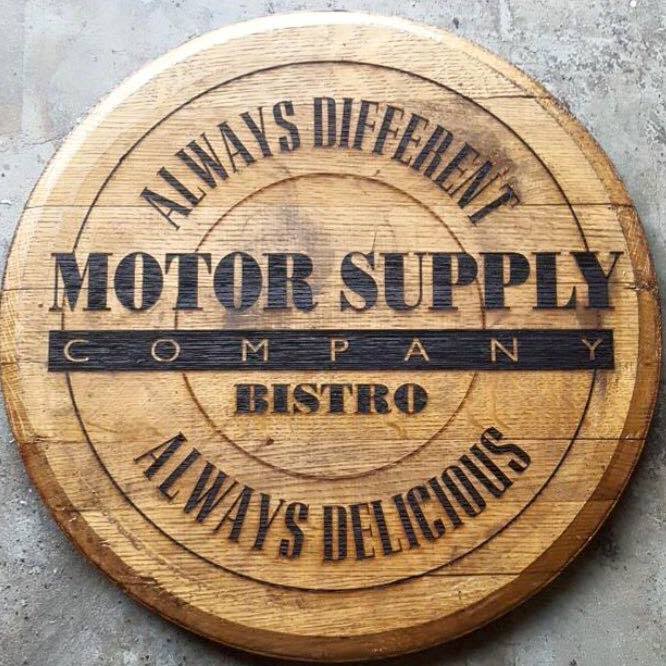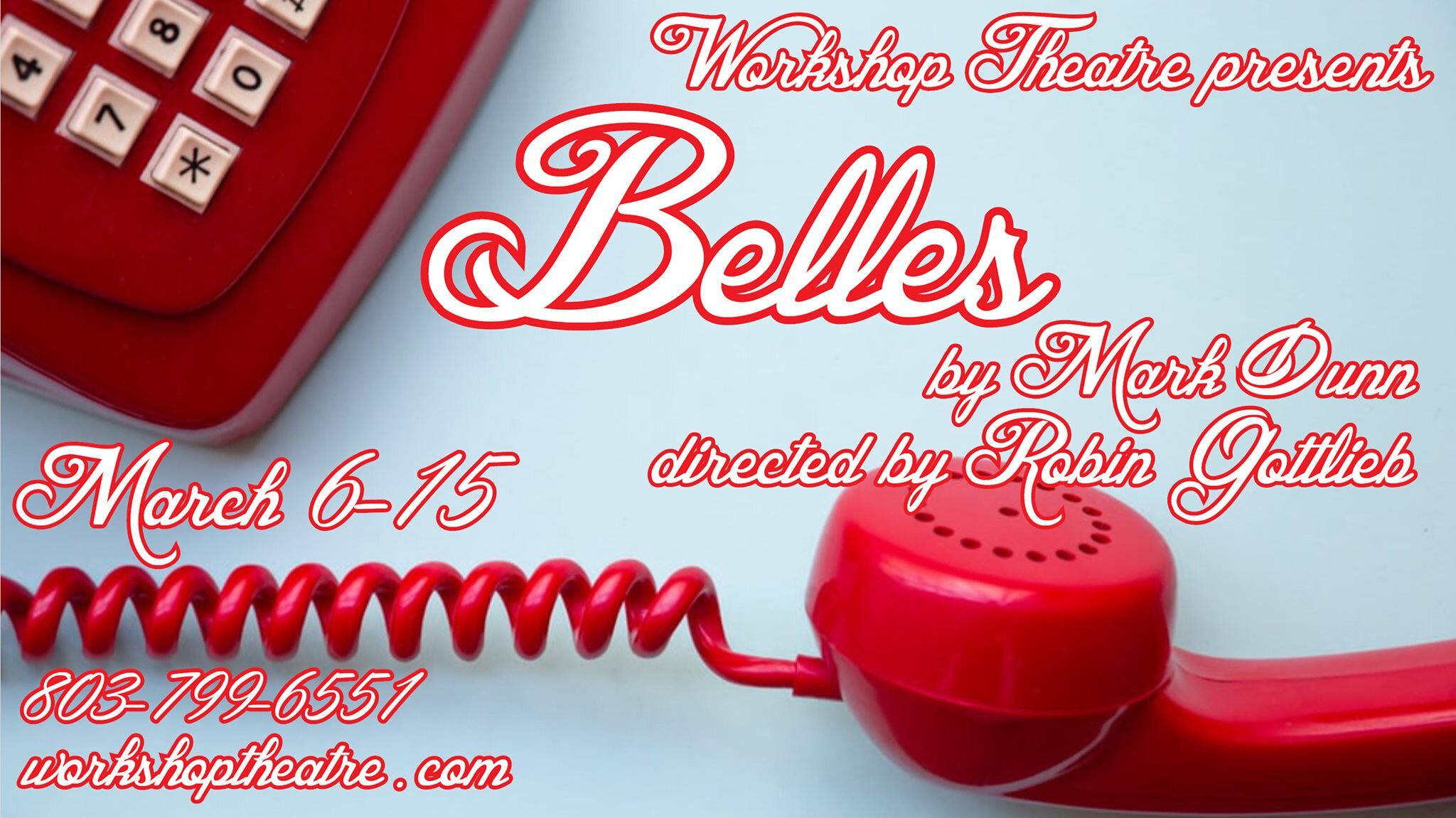The Jasper Project is pleased to add Motor Supply Company Bistro in Columbia’s historic Vista to our growing list of Jasper Project Galleries, including Harbison Theatre Gallery and the Meridien Building Sreetside Galleries (curated by Bert Easter) at Washington and Sumter Streets in downtown Columbia.
Jasper Project board member and Jasper Magazine visual arts editor Laura Garner Hine will be curating the series for the Jasper Project and is opening the series with a selection of her own work beginning this week.
Below, please find an excerpt from a story featuring Hine written in 2019 for Jasper Magazine by Christina Xan.
Laura Garner Hine
Though many people struggle to decide on a career path, Hine knew she was going to be an artist for as long as she can remember. “It's my strongest sense,” Hine says, “There was never a question, my whole life.”
Hine started seriously studying art as soon as she became cognizant of her choice to commit to it. Upon graduating high school, when she got a scholarship for USC, she knew immediately she was going major in art studio. “I didn't know what I was going to focus on yet,” she recalls, “but eventually it became oil painting. You can make it so many different things.”
Hine is indebted in large part to her mentor, Pam Bowers. She remembers her and Bowers harvesting dirt from which they would make their own paints: “I felt like I was doing alchemy,” she said. This is when she ended up minoring in art history.
After Hine graduated, she studied abroad in the Netherlands. While there, she heard of a conservation course happening in Maastricht, and she decided to go – a decision that would change her life. Hine reflects on her first experience with conservation: “It was the marriage, to me, of all the things that I'd loved: art history, that alchemy, and the science behind art.”
Although this trip was the first time Hine had experienced conservation hands on, she believes she was always meant to conserve art. She remarks that, “I think I'm in the business of seeing. Everybody has the capacity to look, but there's merit and thought behind really seeing. It's kind of a fantastical thing.”
Hine believes her relationship to seeing beyond the surface of an image or object is really what led her to first her path as an artist and then her job as a restorator, a process she is incredibly lucky to be a part of: “It's quite meditative,” she ponders, “I think it transcends you into this moment of this dissolving of perception, and you become one with it.”
The process of conserving and restoring art is a multistep process, and it’s not formulaic. However, there is a system to work through. First, Hine has to do research, find out what the materials are and what they're sensitive to. After preliminary research, Hine begins testing to deduce what would be safest to use on the art piece. Grime or dirt can be removed with something as simple as distilled water to something as damaging as toluenes, but Hine avoids using anything toxic unless it’s absolutely necessary.
Sometimes, though, the painting is further compromised. If there is a tear or severe damage, Hine must remedy that first. These losses need to be fixed by covering cracks and shaping areas that have lost texture. Last, it’s time to color correct, which is where “the fun starts” for Hine and where her jobs as artist and restorator most closely overlap. When just a little color is missing, she looks at the surrounding area and mimics, but if something major like a face is missing, then she has to do more detailed research to create an impression as close to the original as possible. From start to finish, on average, it takes Hine around 8 hours to restore a painting.
Hine worked at the CMA as an Assistant Preparator for two years, but now she works full time for Carolina Conservation. For her, restoring art is just as intimate as creating it: “I want to hear the paintings talk to me. I want to know what they've seen. I'm a firm believer that energy never dies. People always come back through the ethers.” This conversing is one aspect that strongly connects Hine’s restoration and personal creation.
Hine laughs when trying to pin point herself as an artist, claiming people will go into a show of hers and think the art is from multiple different artists. One continual tether Hine has with her art, however, is her sensitivity and how once something has touched her, she has no choice but to create in inspiration of it. “My inspiration can be pretty; it can be grotesque,” she muses, “Any moment that arrests you, whether it's disgust or awe, I like those moments.”
While she might feel all over the place as an artist, she feels a strong importance in her work: “I think that what really inspires me is how people are inspired by me. I feel that anybody I meet likes to listen to my story, and I like to listen to their story.”
-Christina Xan













































































